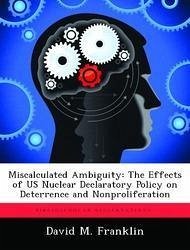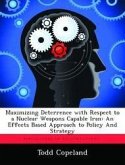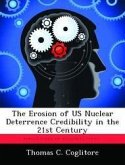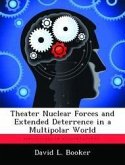This study analyzes how the new nuclear declaratory policy, espoused in the 2010 Nuclear Posture Review, balances the goals of deterrence and nonproliferation. The author concludes that increasing complexity in the nuclear arena makes reliance on the legacy policy of "calculated ambiguity" both increasingly hazardous for deterrence and decreasingly effective as a nonproliferation tool. These detrimental outcomes demand innovation in strategic thinking and revision of nuclear declaratory policy, specifically through adoption of a sole-purpose nuclear policy. Employed in the assessment of the new policy is a multiple methodological approach using historical, theoretical and practical frameworks. This study undertakes an appraisal of historic deterrence policies and nonproliferation initiatives exposing the essential elements of each. Building off these assessments, a comparative analysis of the new policy, dubbed "Lead-but-Hedge", and a sole-purpose policy illuminates the strengths and shortfalls of each. Finally, the author examines the strategic consequences of the new policy on the nuclear decision-making of allies (Japan), competitors (India), and rivals (Iran).








